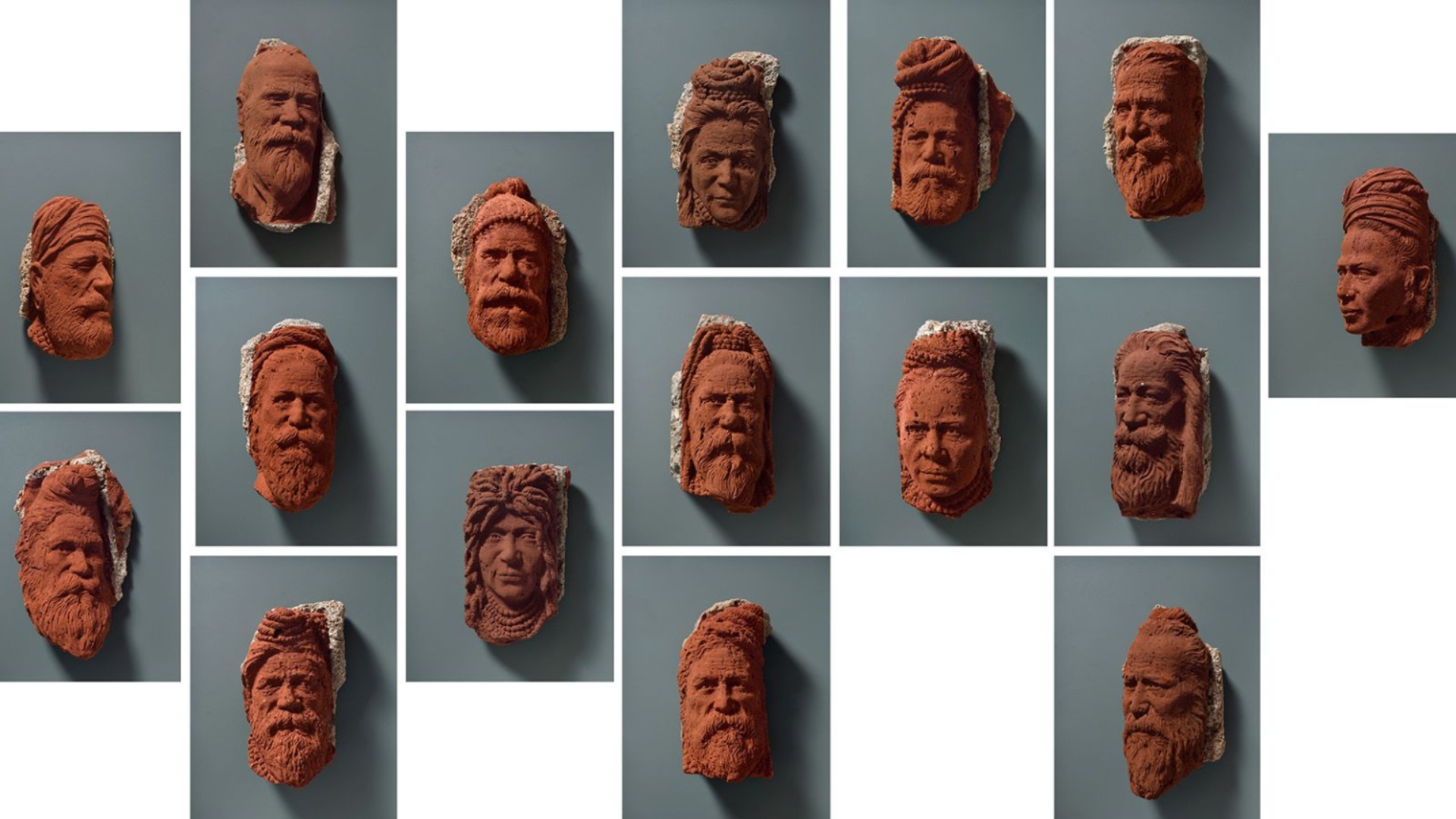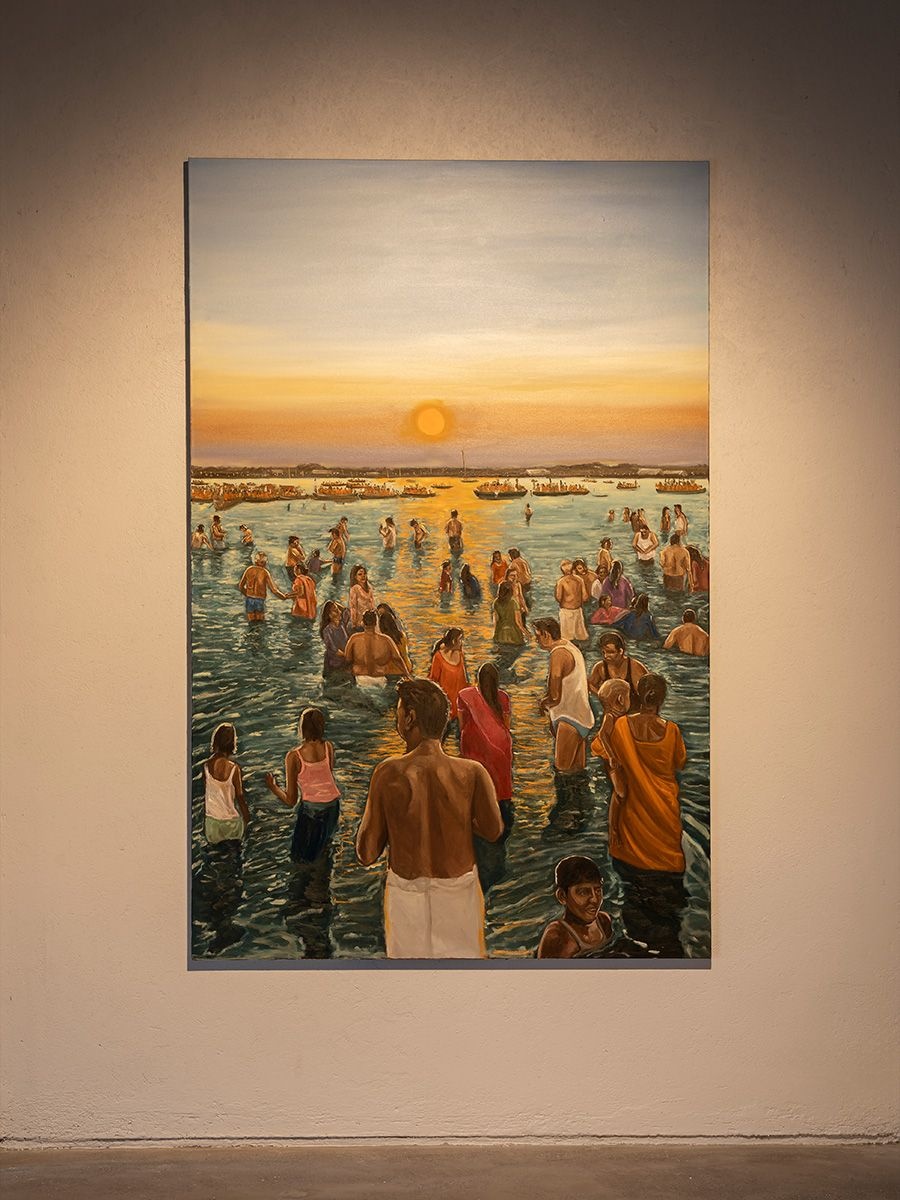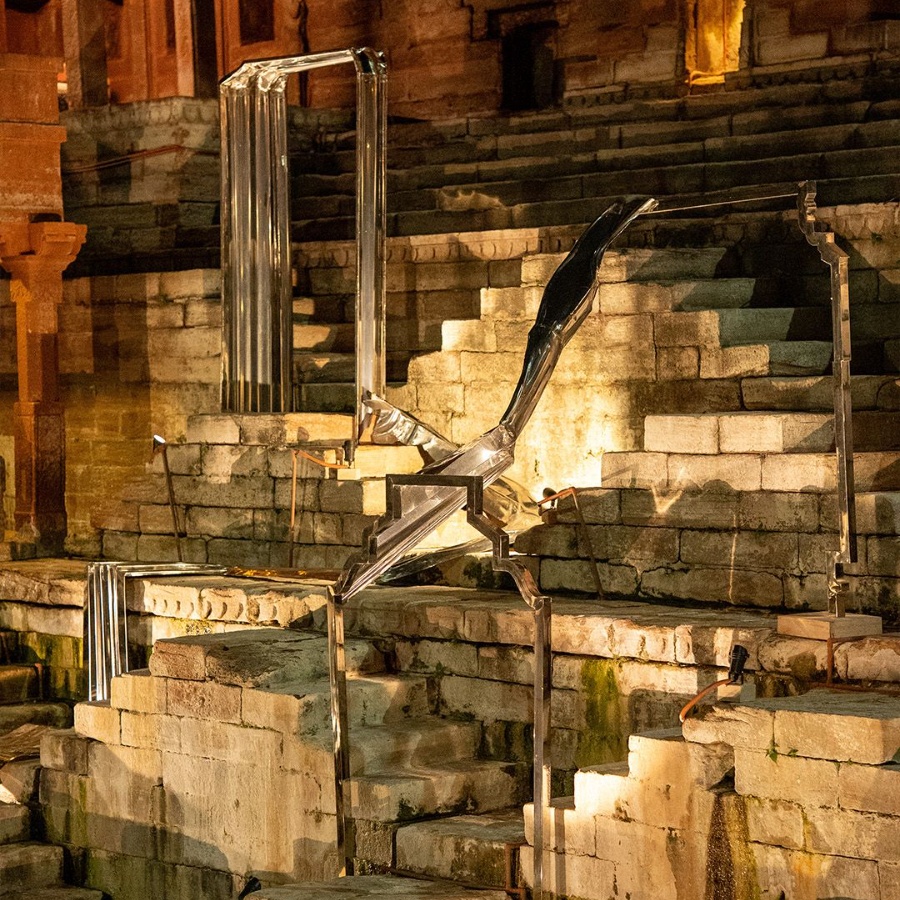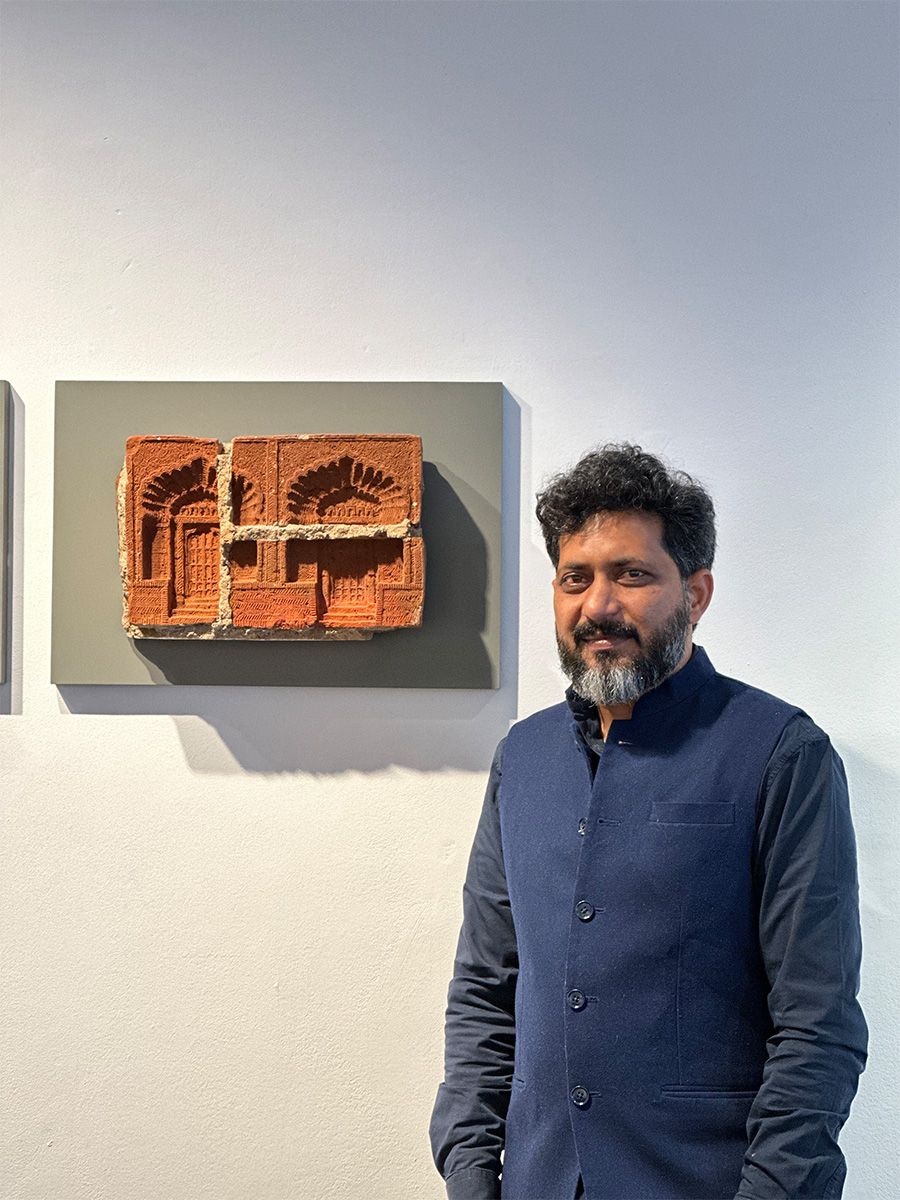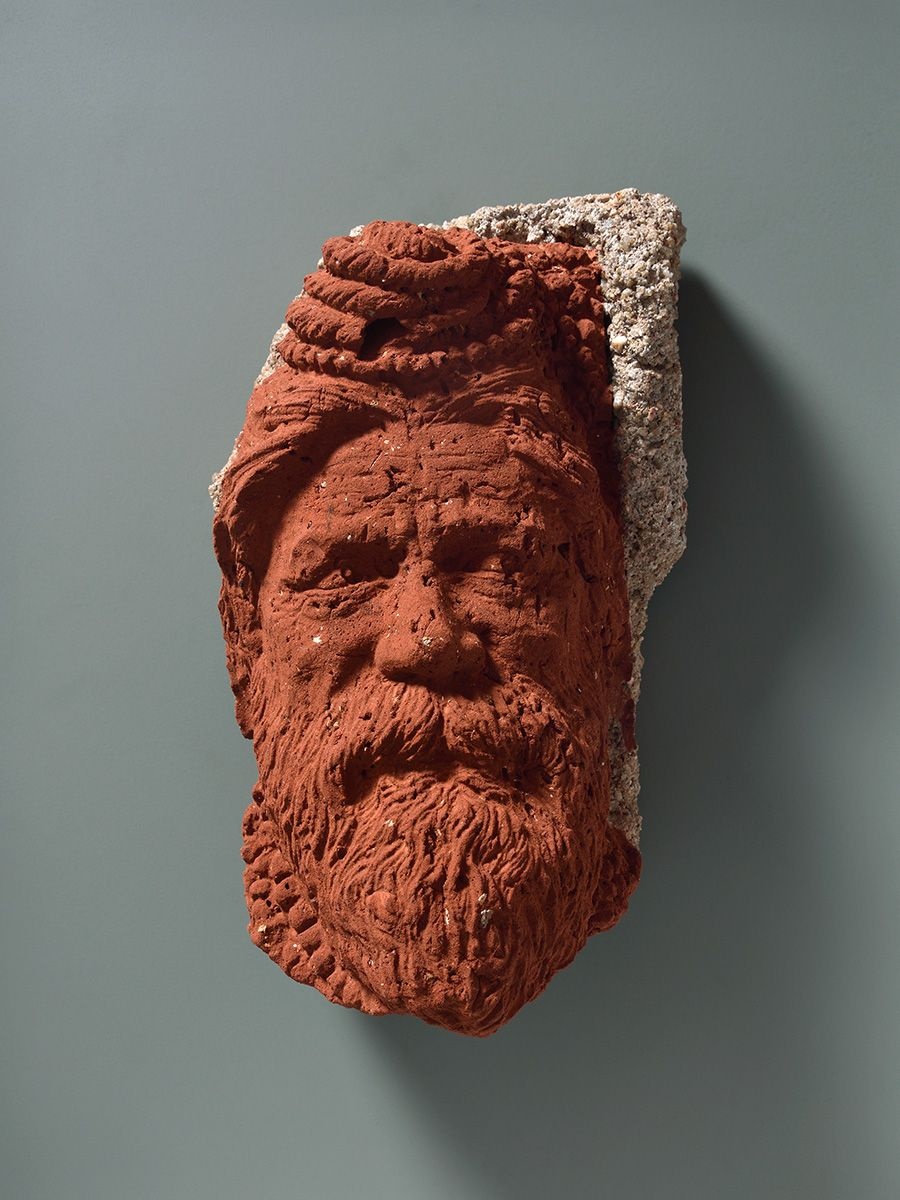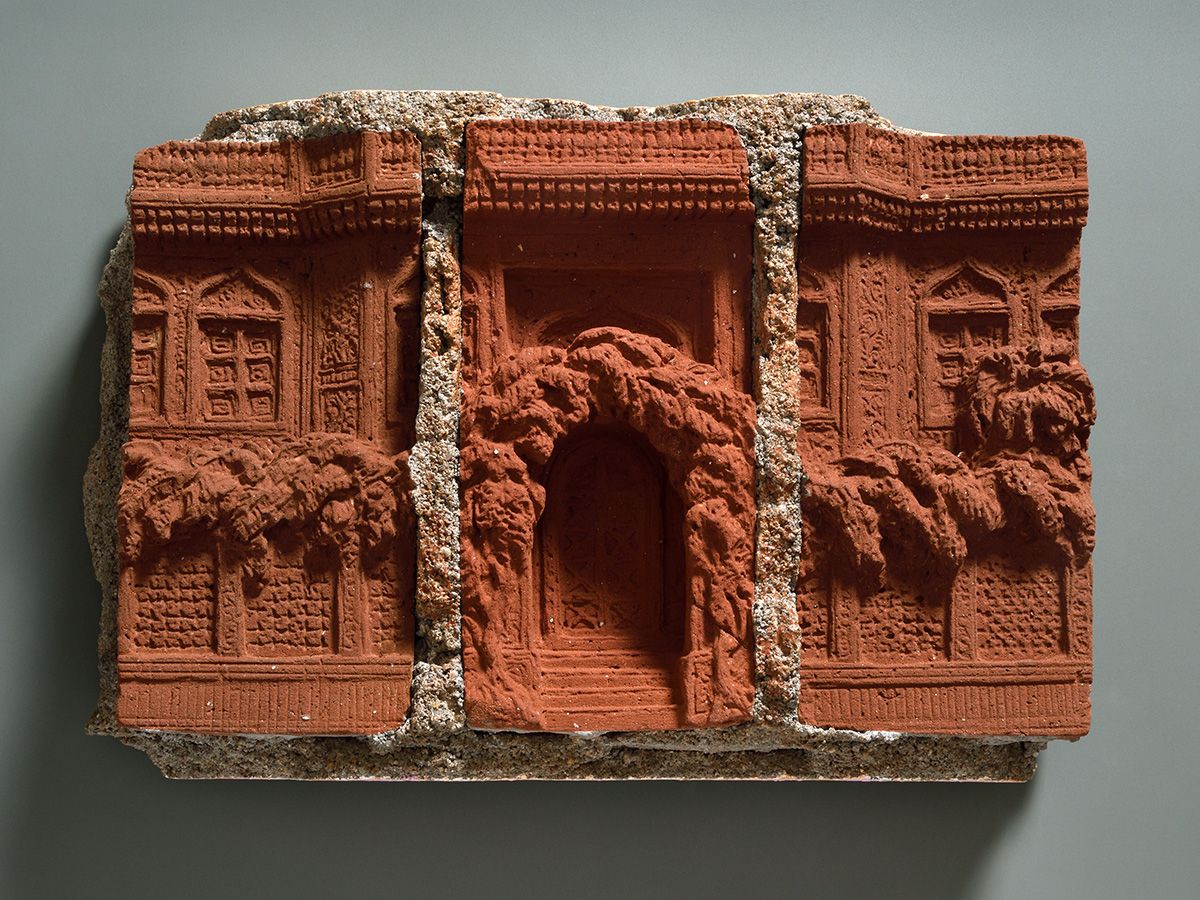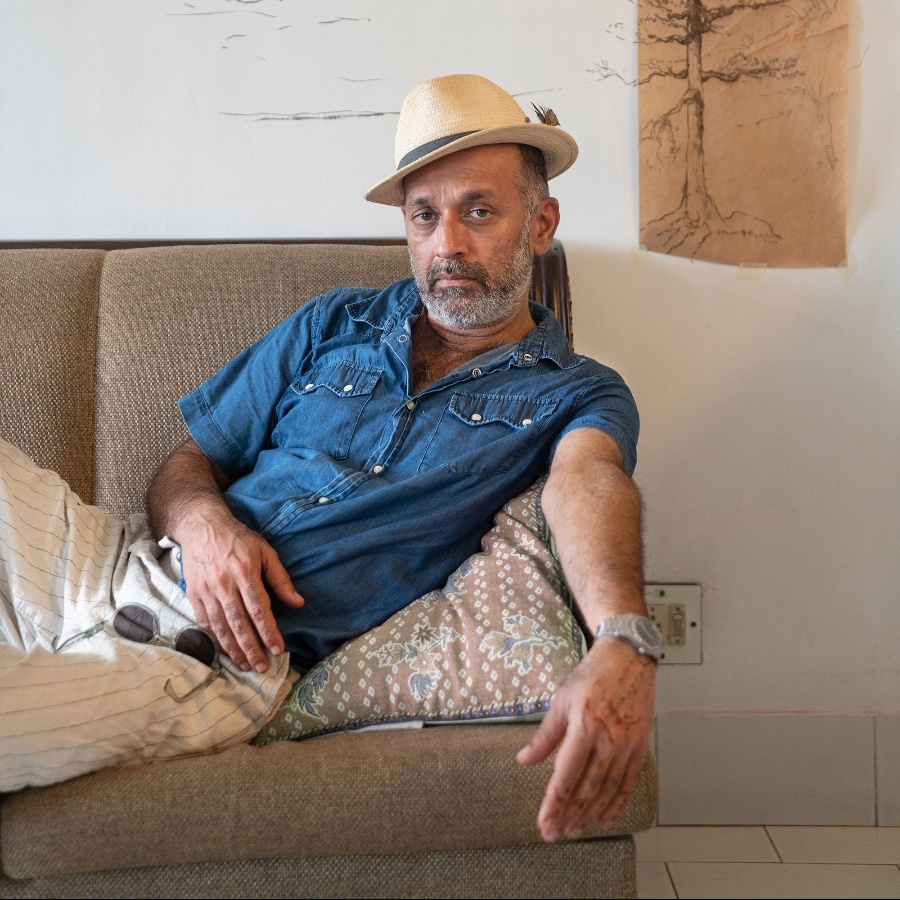Talking to a brick wall may be seen as shorthand for talking into emptiness or words lost to the cold and the unfeeling. But it’s an idiom lost on 44-year-old sculptor Girjesh Kumar Singh, whose work turns that notion on its head.
In his hands, bricks no longer stand for silence; they become a container for buried emotion. Carving has long been revered as a delicate art. And Singh, a sculptor from the Gangetic plains of Uttar Pradesh, spent a long time understanding the stones in quarries, learning their textures, their temperament, their language. After years of being immersed in this, he sought something deeper—something unconventional and more visceral.
For him, a brick became this piece of paradox—a keeper of truths and journeys—and his chosen medium. Within it lie air pockets, grains of sand, scattered granules. As he carves, it resists and yields, entering a dialogue with memory and material. He shapes it, and it shapes him in return. “Every brick carries memory of its origin, every choice is a negotiation,” he says. Brick, thus, becomes the co-creator, bearing stories of breaking, joining, loss, and return.
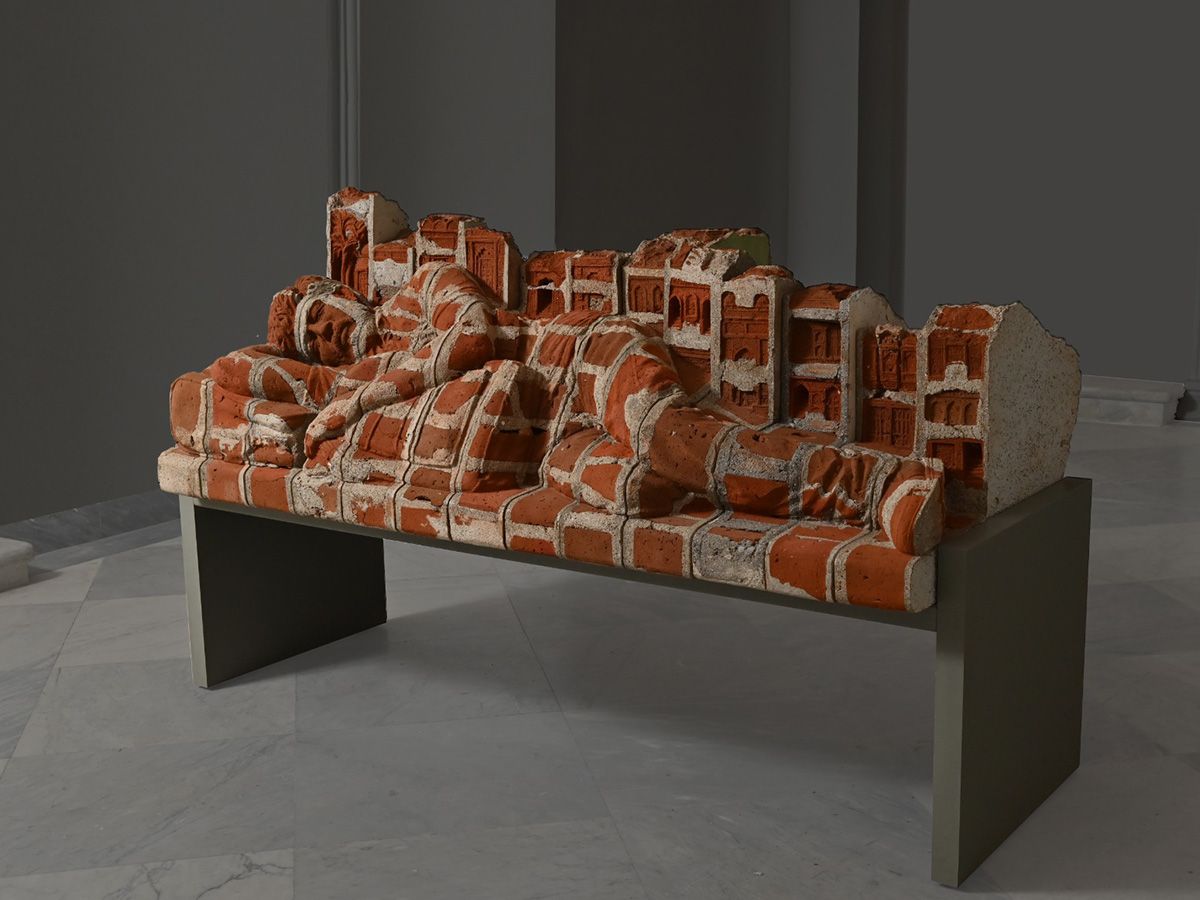
His work 'In Transit' (2022) sees a man resting on a bench, holding a bag while another supports his head. His stillness reminds us to bear life’s weight with awareness
Known for creating sculptures out of broken bricks from demolished walls, Singh’s material of choice has led him to scour demolition sites as if they were gold mines. “One brick might feel heavier, denser or rougher than another. There are variations in colour, texture, and weight. I may look for a particular size, but more than that I am attentive to the consistency. I pick it up, feel how it bonds with cement, judge its quality,” says Singh, an admirer of Indian temple art and sculptures, about his artistic process.
Like with anything handmade, no two works of his look the same. Some bricks are underfired or riddled with sand; others are firm and stubborn. Sometimes, he deliberately leaves a part of a work unfinished, the edges unshaped, the surfaces unhealed. His chisel does not smooth every scar, for to conceal a wound is to deny its truth.
In the latest edition of his ongoing series, Laaga Chunari Mein Daag (2024), inspired by a verse from Kabir, Singh carves faces that speak of a shared humanity where creation and destruction merge. These are bricks that weep, smile, show anger and ennui. And each brick head can take up to 10 to 15 days to create.
Since this series is rooted in identity, the face becomes the first point of reference—the surface where our features, expressions, and choices in hair or headgear reveal who we are. It is also the image through which the world most readily recognises us. What makes these works compelling is the medium itself, which lends them a tactile, almost living quality. No two gestures can be replicated; each is a singular, unrepeatable act.
